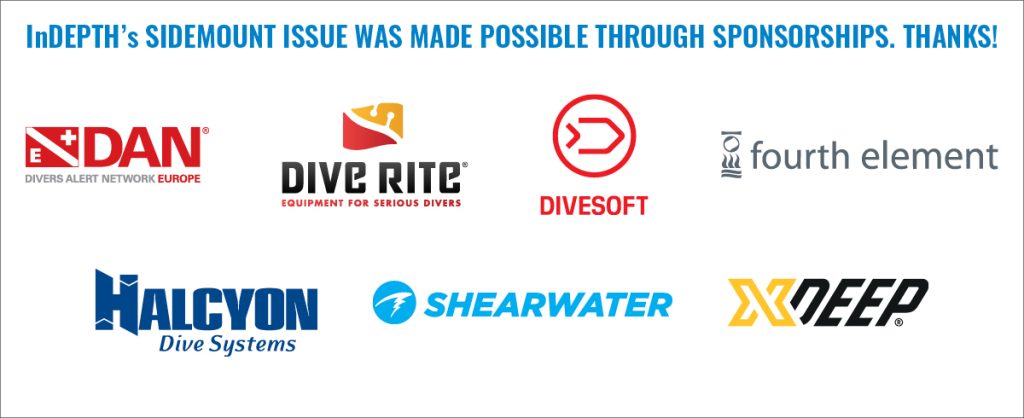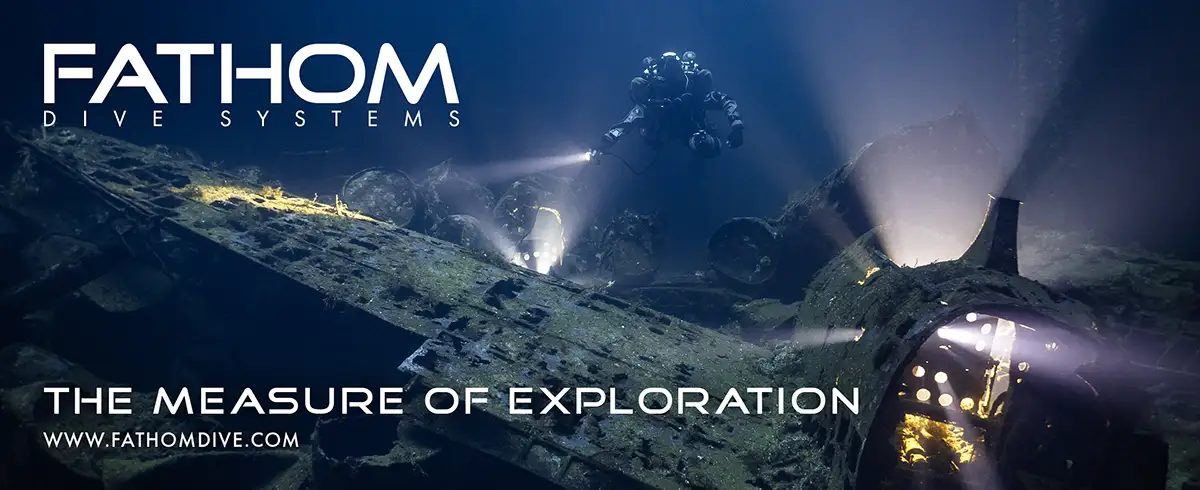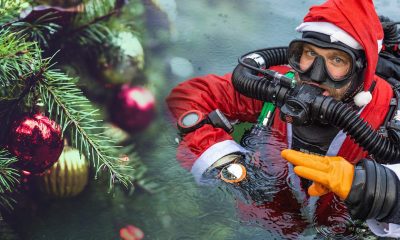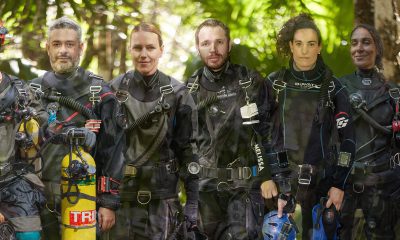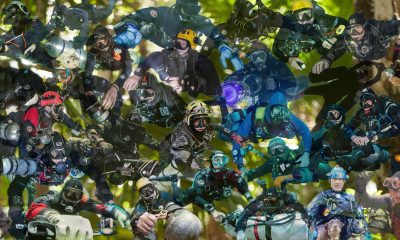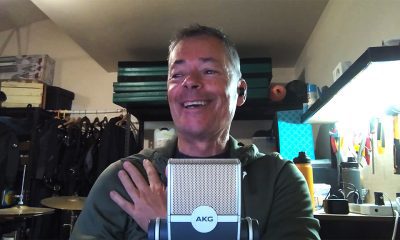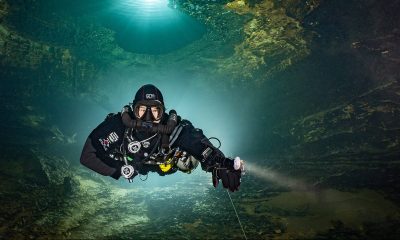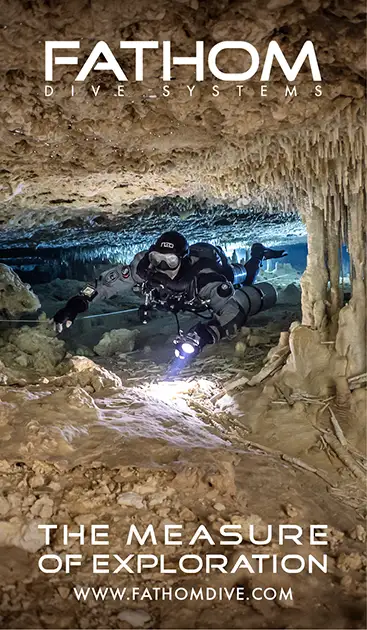Community
The Who’s Who of Sidemount

Rob Neto
Owner of Chipola Divers, Rob Neto is a noted sidemount and cave instructor as well as a cave explorer. He is known as the author of one of the best and most comprehensive books on sidemount diving, “Sidemount Diving: The Almost Comprehensive Guide”(2020 2nd edition).
What is sidemount to you?
First, sidemount is a tool. It enables me to be able to explore passages I would otherwise be unable to access in any other configuration. Sidemount is also a much more comfortable way to dive for me. Even on open water ocean dives I prefer to dive with one sidemount tank rather than having a tank mounted on my back. This allows me to see my first stage and valve and bend my head back more without hitting either one.
What can be improved with sidemount in general?
If there is one thing that I would like to see change in sidemount is certainly attitudes. As with anything that is different from the norm there are attitudes associated with sidemount that need not be there. These attitudes seem to be more prevalent among “more advanced” divers than elsewhere. When diving in a recreational setting the other divers are usually very curious and want to know more about the configuration. When diving in a technical setting there are sometimes divers that look down at anyone diving sidemount This seems to come from a place of ignorance about the method of diving. It is also brought on by those who sidemount simply because they think it is a “cool” way to dive. While it seems to be improving there are still divers who think sidemount should be a tool that is only used when the dive calls for it. But if you only dive sidemount when the dive calls for it then you lose proficiency (or never even gain it).
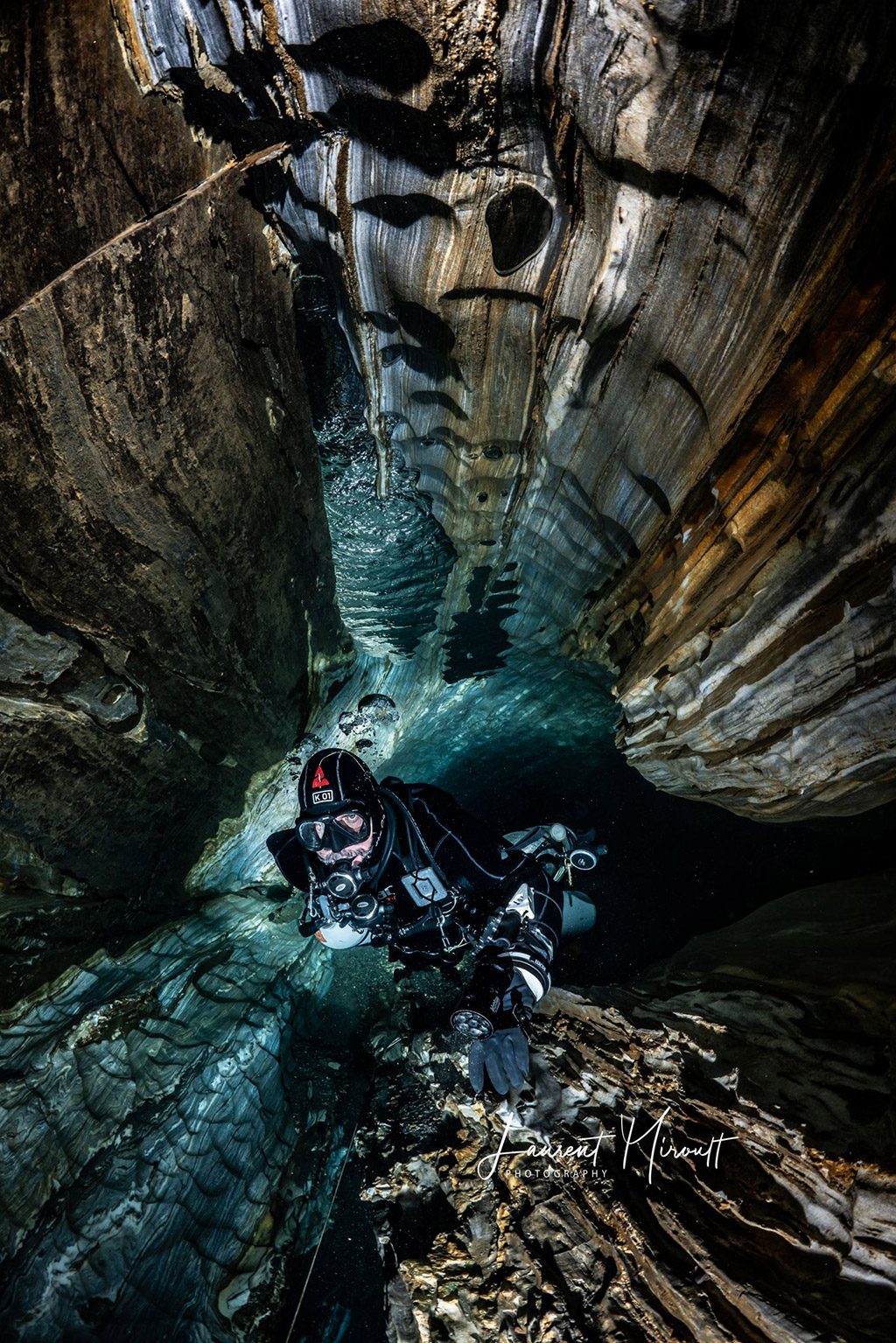
Do you have a specific sidemount style that you prefer?
For years I used a specific rig for all my sidemount diving. Then I started experimenting with some other rigs and found that they were better suited to certain types of diving. With the different rig I was able to penetrate restrictions that previously required the removal of at least one tank without having to remove any tanks. I still use that original rig for certain dives but I now have three different sidemount rigs that all get used regularly depending on the type of diving I am doing. While it would be nice to have a “One Rig Fits All” configuration it really isn’t practical for the type of diving I do.
Does sidemount require greater attention to detail compared to backmount?
Yes, sidemount configuration requires more attention to detail both when setting up the configuration and when you are diving it. With backmount you simply strap the tanks to your back and dive. Yes, you might have to adjust how high or low the tanks are positioned on your back but that is the extent of it. With sidemount diving you must be aware of how the tanks are oriented in relation to your body. As you breathe gas from the tanks they become lighter and this can affect their orientation. You must remain aware of this and make adjustments during the dive to keep them trim. Because they are independent of each other you must also manage your gas between them.
You don’t just breathe from one regulator as in manifolded back mounted tanks. You must switch regulators during your dive and remain aware of which regulator you are breathing from in the event of needing to donate a regulator. While it does require a bit more task loading it also forces you to be more vigilant and pay more attention throughout the dive. So I really see that as more of an advantage than a negative aspect.
What is the purpose of sidemount in exploration?
Sidemount is extremely useful in exploration. I am able to penetrate restrictions that are not passable in a back mount configuration. Because of sidemount I have been able to explore and survey more than 10 km of new passage in one cave system alone. Previous explorers had reached the restriction and turned away. I pushed through the restriction and found a new, never explored section of the cave that has more passage and is more extensive than the cave on the original map. If it wasn’t for sidemount this passage would still be unexplored. Sidemount also provides a higher safety factor. I can see my first stages and valves. I can see all of my hose connections. Everything is right there where I can look at it and inspect it. It is also more protected under my arms rather than being exposed to the overhead.
Return to: The Who’s Who of Sidemount
DIVE DEEPER
Speaking Sidemount E062 – Rob Neto – The Almost Comprehensive Guide to Sidemount
Amazon: Sidemount Diving: The Almost Comprehensive Guide 2nd edition
